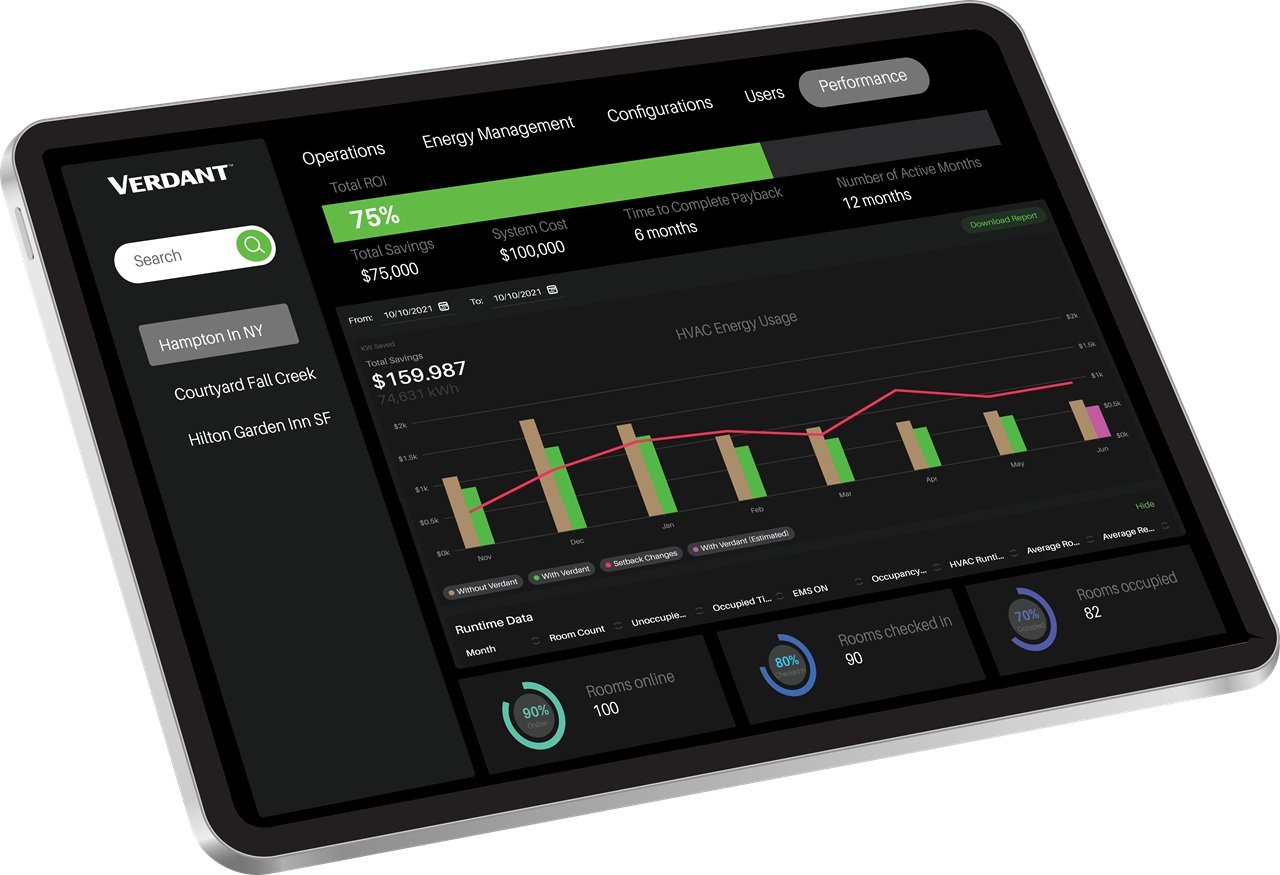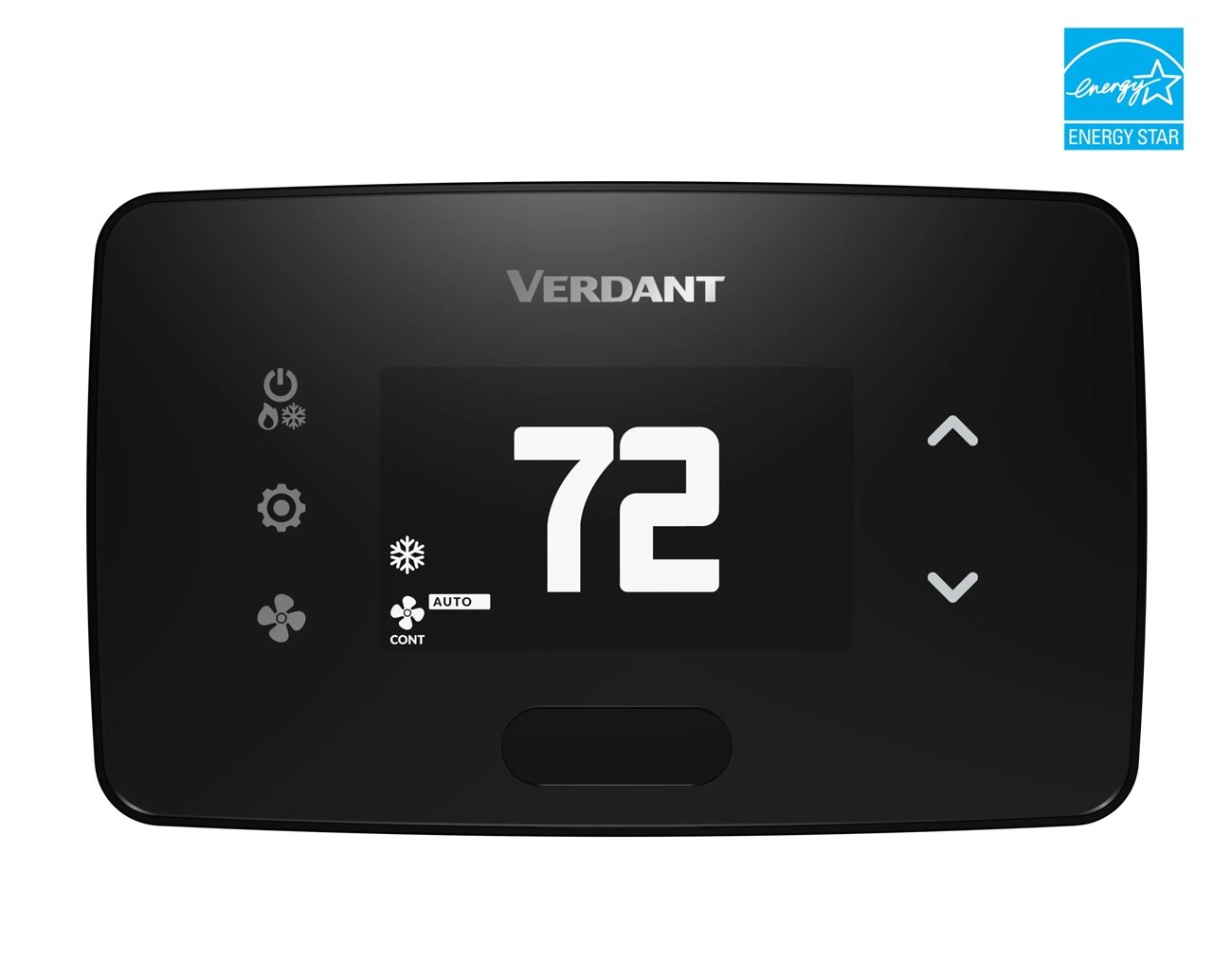Copeland has released a redesigned version of its Verdant Thermostat Manager, a software platform aimed at helping hotel owners, operators, and facility managers optimize energy use across entire properties from any device. The updated platform is designed for use in hotels and multi-dwelling units (MDUs), supporting energy efficiency efforts and regulatory compliance.
The platform integrates with Verdant’s plug-and-play thermostat solutions, enabling seamless connection with existing HVAC systems without complex rewiring. It is positioned to support growing regulatory mandates for smart thermostat technology, including standards such as California Title 24, New York LL97, and the International Energy Conservation Code (IECC).
According to trial data across hundreds of buildings in North America, Verdant solutions have demonstrated HVAC runtime reductions of up to 45% when operating in energy savings mode. The updated platform is designed to improve energy efficiency and Net Operating Income (NOI) while maintaining occupant comfort in both new and existing buildings.
The redesigned Verdant Thermostat Manager features a customizable performance dashboard for real-time tracking of system health and performance, including financial metrics, runtime data, energy trends, and optimization opportunities. It also provides room-level control, allowing temperature adjustments in unrented units and enabling bulk updates across multiple rooms or floors.
Additional features include interactive floor plans, real-time occupancy tracking, customizable energy profiles for different guest journey stages, and enhanced visual configuration tools. The platform is accessible via desktop, iOS, and Android, and offers both dark and light modes.
“No other solution on the market matches the sophistication and scope of the Verdant Thermostat Manager,” said Michael Serour, vice-president and general manager, Verdant for Copeland. “The platform empowers owners and operators with unparalleled insight into their HVAC system performance, enabling them to achieve their energy-saving goals while contributing meaningfully to the fight against climate change.”

